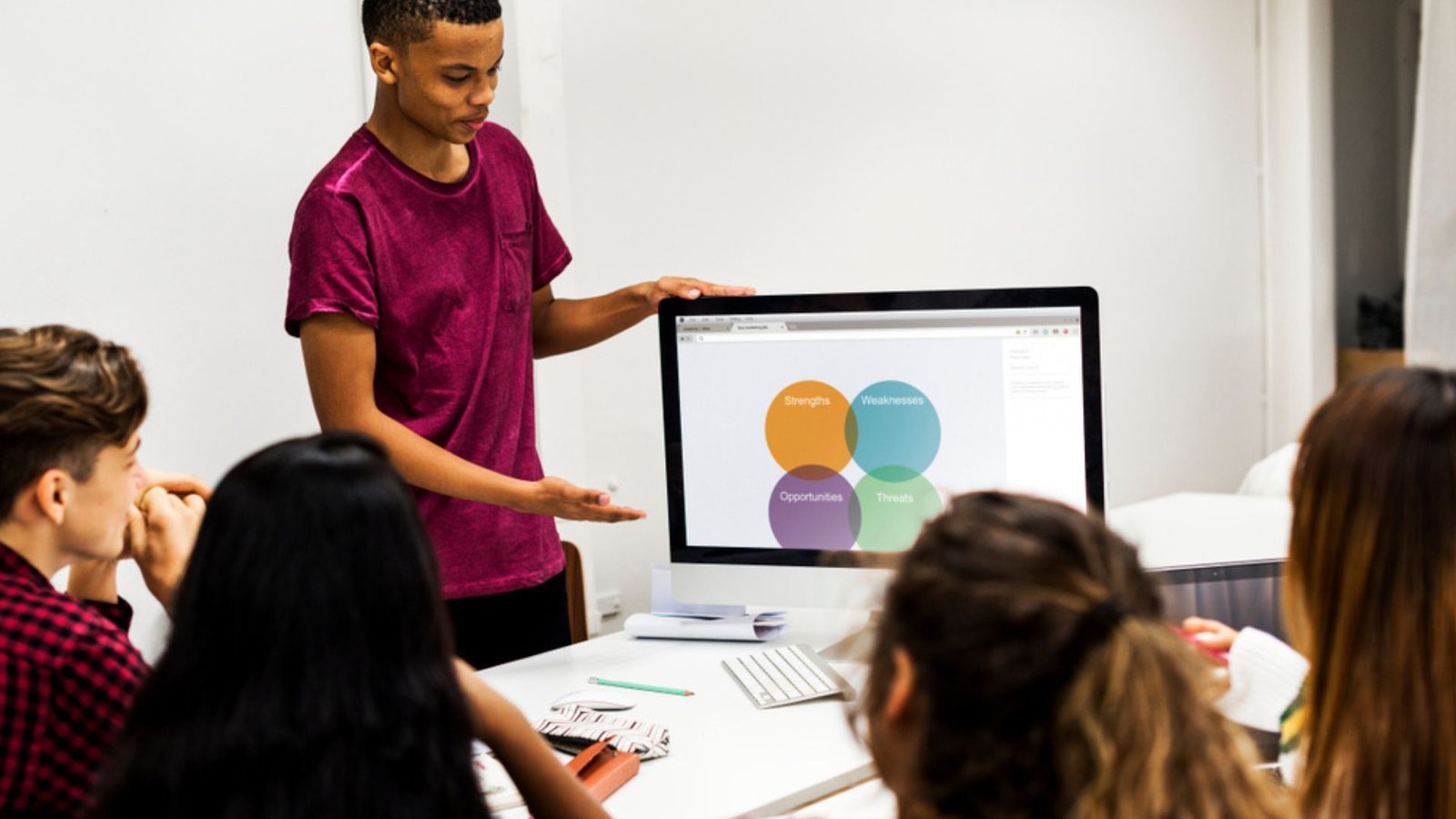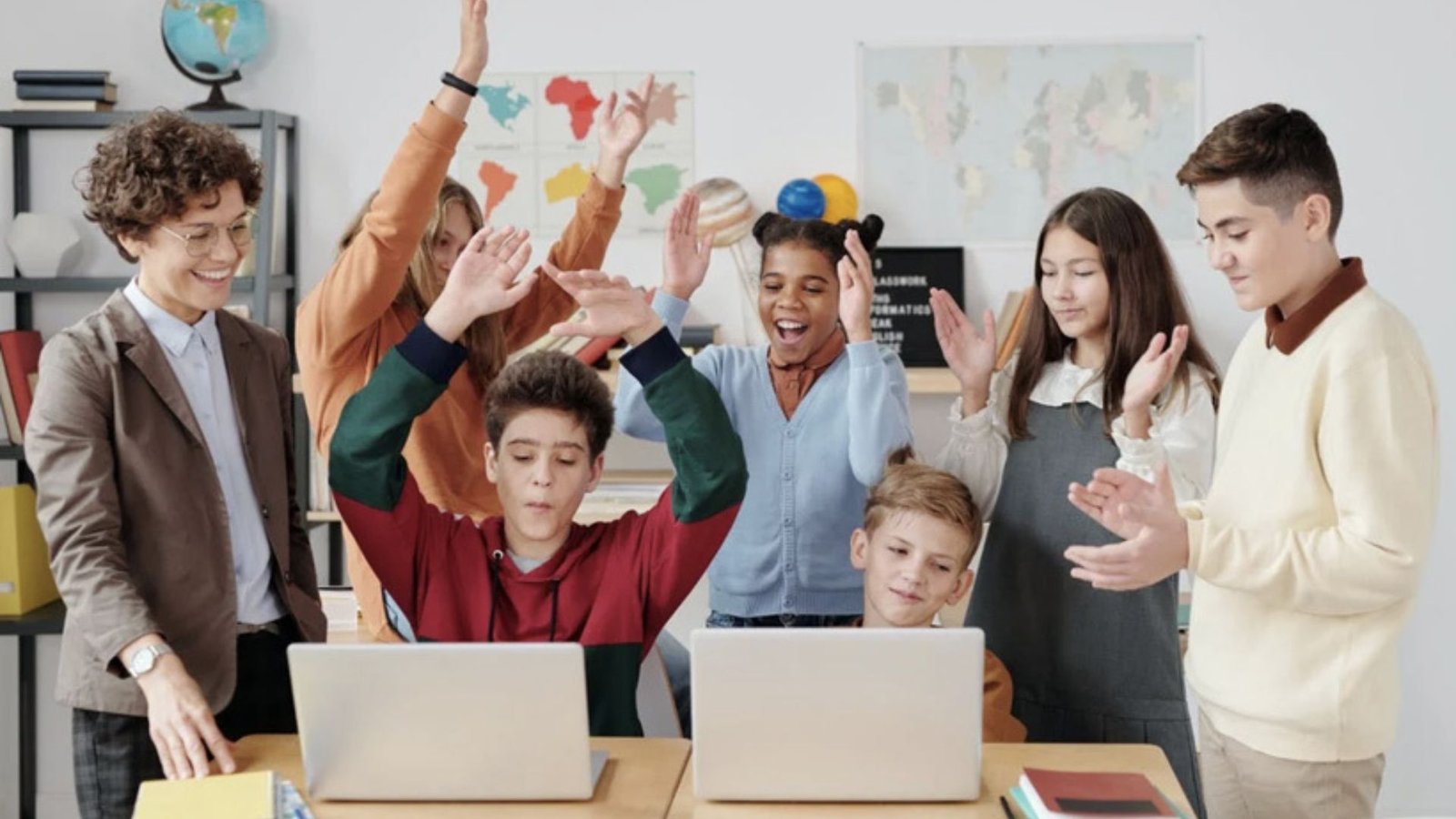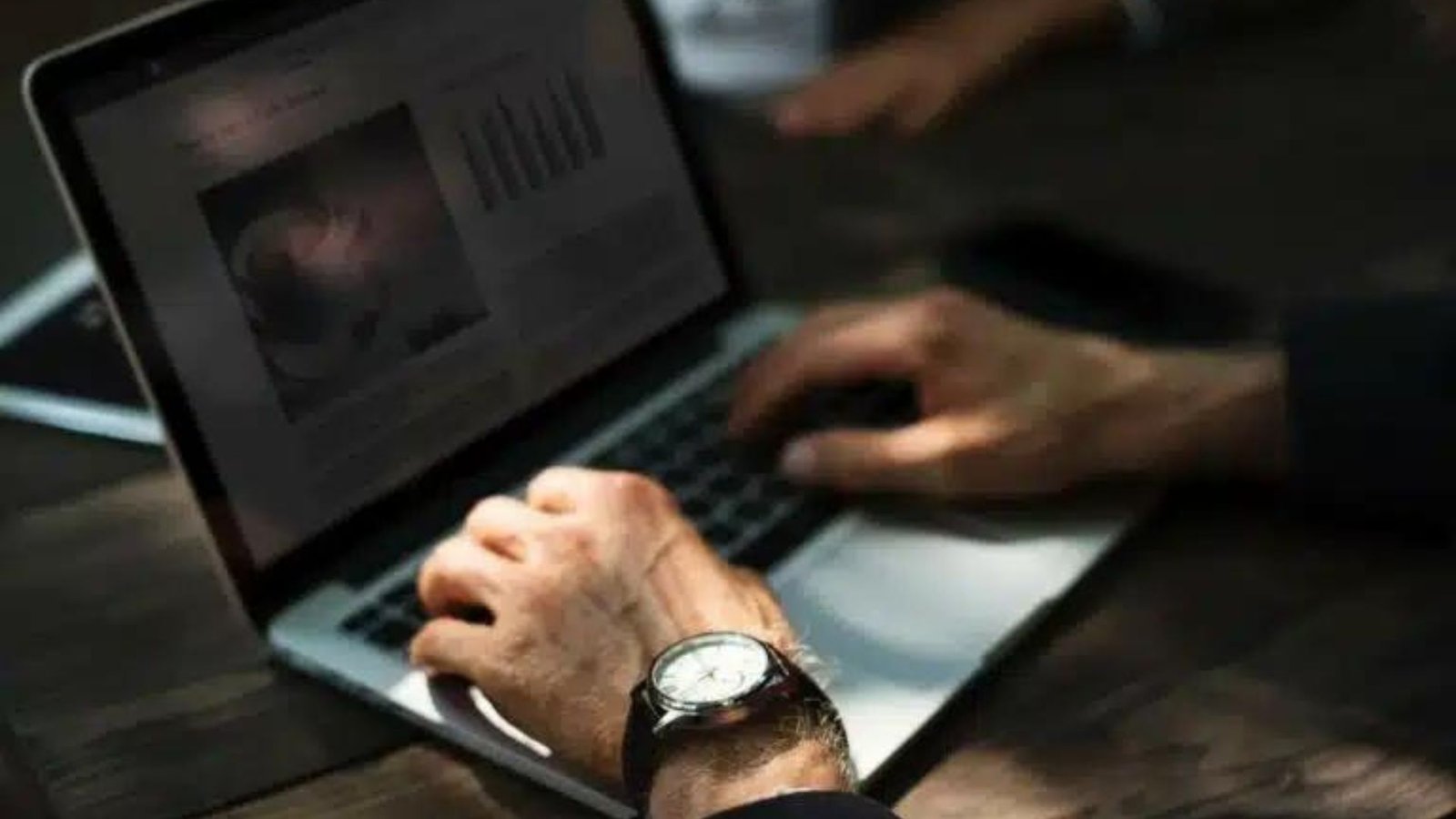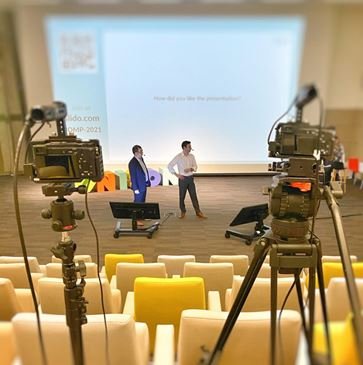Multimedia in learning involves using different forms of media like videos, images, sounds, and animations to improve the way students learn. When we ask how does multimedia enhance learning experiences, the answer lies in its ability to make learning more interactive and engaging. Teachers and educators are using multimedia to transform the traditional classroom into a more dynamic space where students are excited to learn.
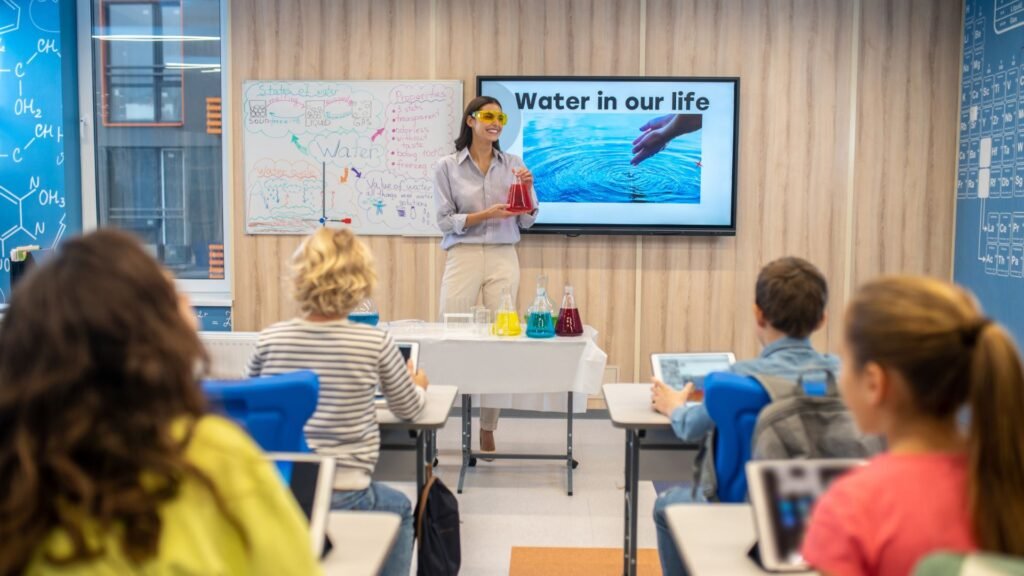
Makes Learning More Engaging
One of the key ways multimedia enhances learning experiences is by making lessons more engaging. Long text and lectures can sometimes make students lose focus. However, when multimedia elements like videos, animations, and interactive quizzes are added, students become more involved.
For example, showing a video about a historical event can help students visualize what they are learning, making the information more memorable. This keeps students interested and helps them focus better on the subject.
Supports Different Learning Styles
Every student learns differently. Some students prefer reading, while others learn better by seeing or hearing. Multimedia helps cater to these different learning styles by combining text, images, videos, and sound. This is why multimedia enhances learning experiences for all students, no matter how they learn best.
For example, visual learners benefit from images and charts, while auditory learners can focus better with audio explanations. Multimedia allows teachers to provide multiple ways to access the same information, ensuring that all students can succeed.
Improves Retention of Information
Another reason multimedia enhances learning experiences is that it helps students remember information better. Studies show that when students are exposed to both audio and visual content, they are more likely to retain what they learn. This is because multimedia activates different senses at the same time.
For example, combining a video with text or audio helps students process information more effectively. This leads to better understanding and long-term memory retention, making multimedia a powerful tool for education.
Encourages Collaboration
Multimedia tools also promote collaboration among students. When students work together on multimedia projects, such as creating videos or presentations, they learn important teamwork skills. Collaboration encourages students to communicate, share ideas, and work towards a common goal.
For instance, students can use multimedia tools to create group presentations that combine images, text, and sound. This not only makes the project more engaging but also helps students learn how to work together effectively. This is another example of how multimedia enhances learning experiences.
Provides Access to Learning Anytime, Anywhere
Multimedia also makes learning accessible at any time and from any place. Students can access online lessons, videos, and quizzes from home or anywhere with an internet connection. This flexibility is one of the reasons multimedia enhances learning experiences for students who need more time to understand a topic or want to review lessons outside of school hours.
By providing resources online, multimedia ensures that students can continue learning even when they are not in the classroom. This makes education more flexible and personalized to each student’s needs.
Conclusion
So, how does multimedia enhance learning experiences? It does so by making education more engaging, supporting different learning styles, improving memory retention, encouraging collaboration, and providing access to learning anytime. Multimedia has transformed the way students learn by making lessons more interactive and enjoyable, helping students succeed in the modern classroom.







